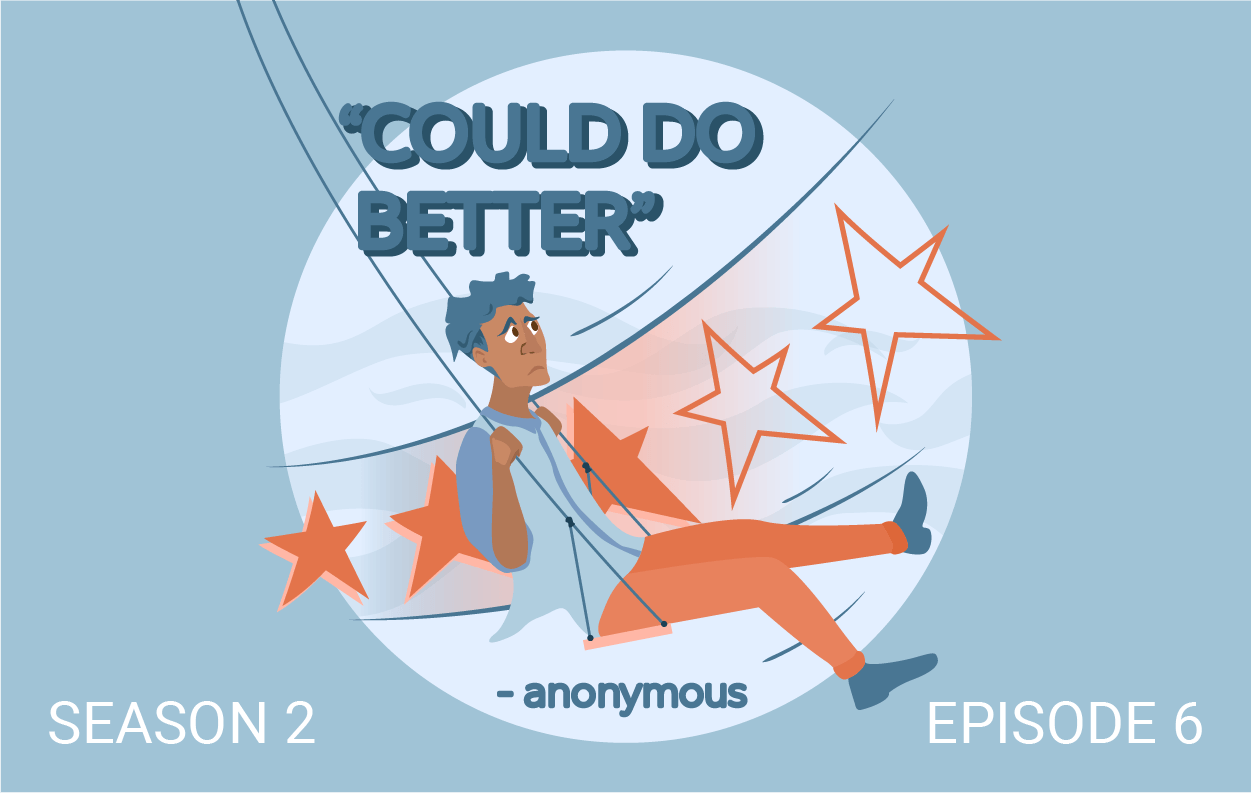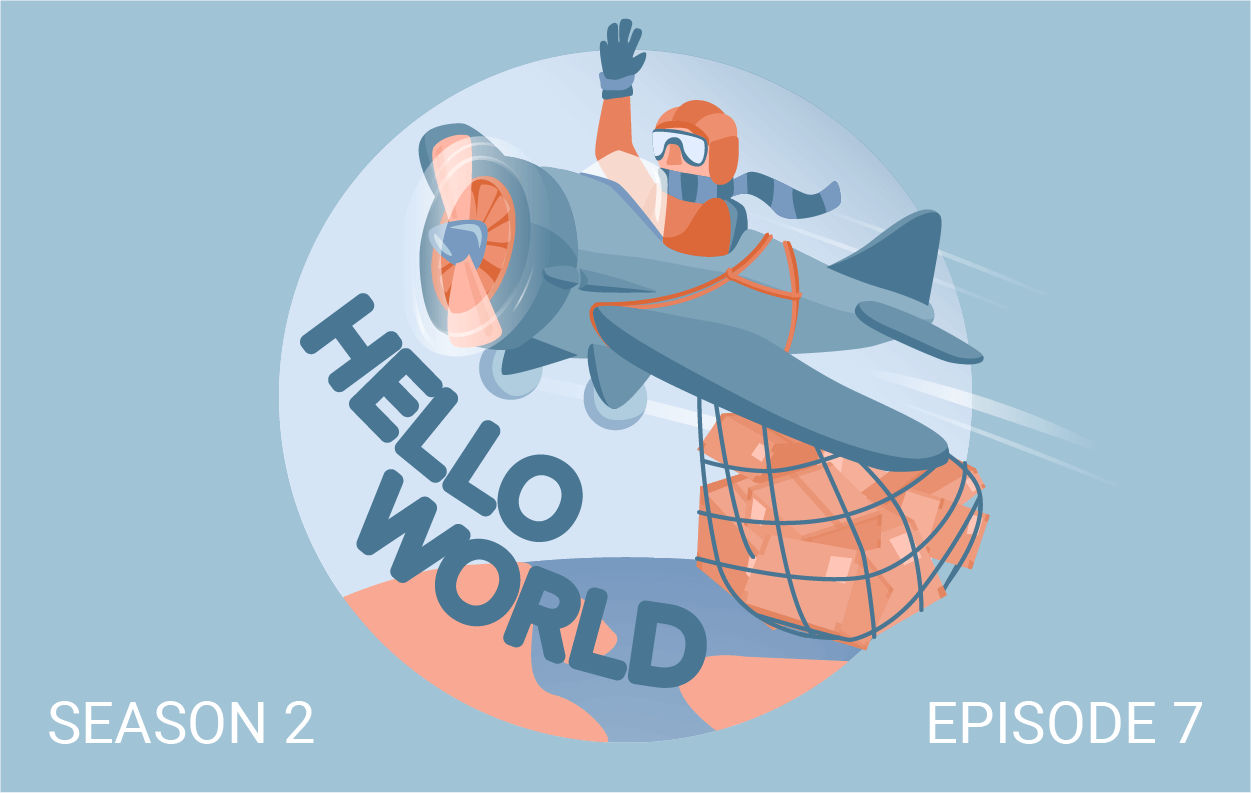
Fine margins
How to price your goods
MAKING IT WORK PODCAST
Season 2 | Episode 5
When you're passionate about your product, the price tag can often come as an afterthought. But when you factor in marketing, manufacturing and those sometimes-fiddly customs fees, it's vital you think about your margin. Otherwise, you could be looking at a loss.
From setting a strict 80% margin to 'free' delivery that's not free, we discuss pricing strategies with the best payoff – and how it can all still go horribly wrong.
So can you still make a healthy profit without pricing out your customers? And who's been hit with a $44,000 shipping bill?
Listen now
SHOW NOTES
Living in the fine margins – how to go about pricing your goods
Business is all about solving people’s problems – at a profit. And that’s just one of the many, many aphorisms that a cursory Google search will throw up on the topic. The principle is simple in theory: buy low, sell high and swim in a sea of money. But then there are taxes, manufacturing, staffing fees, packaging, utility bills… and those are just the obvious factors that float on the surface. Be assured: there are sharks in these waters. Big, hungry ones that can devour a small business in one gulp.
And navigating those depths means sometimes cutting those margins to the bone, and making other difficult choices.
Playing the percentage game
“Like my mom would always say, count your pennies,” says Kat Samardzija, founder of sports accessory brand Locker Lifestyle. Those pennies certainly seem to add up. “Shopify takes margin and then there's the credit card processing or PayPal,” she continues. “There's the cost of the label, the insert thank you card, the poly mailer, and the time to pick, pack and ship for an item…” and when you add in advertising costs and all of the other things that play a role in acquiring a customer, the 55% margins that wholesalers typically expect seem very tight indeed. So what is a realistic margin? “Giving yourself a 70 to 80% buffer based on what the product costs you gives you some solid wiggle room.”
Product costs of course vary massively. Kat’s wrist lockers are materially complicated but what about something like a cup of coffee? Again, what might seem like a simple proposition at first sight is more involved than just grinding beans and adding hot water. “We wanted it to be a little bit pricier than fast food companies or restaurants,” says Mayra Hernandez of her Back of the Yards Coffee Co. brand, which operates out of Chicago – a city with a strong relationship with coffee – “but also come inches on some of the higher priced specialty coffee houses that you would find downtown.”
Again, packaging is another factor that bites into those margins. “Since we do use all compostable items, the pricing for that is a little bit higher – our cups are compostable, our straws, our utensils.” At the outset, Mayra considered following the path of least resistance and using styrofoam cups, or charging a lot more – but, “I guess it doesn't align with my values and vision.”
No free launch
Compostable cups aside, selling hot coffee doesn’t involve factoring in a shipping cost to customers. But for other businesses, shipping is a major issue and, thanks to the proliferation of the likes of Amazon, customers increasingly expect it to be fast, timely – and free.
“At first we were offering free shipping and we just kept losing out so big.”
“Amazon has really skewed a lot of businesses and customers for expectations of free shipping,” says Kat. Her products are light enough to go in a poly mailer, which means that big boxes aren’t an issue. However, “It costs on average $4 from the poly mailer to the actual shipping fees to send things out. At first we were offering free shipping and we just kept losing out so big, because we were getting these shipping bills and not realizing how every single one is going to add up."
Some sleight of hand can help as Dahlia Rizk, mompreneur owner of Buckle Me Baby Coats discovered. “Shipping across most of the country in the US is about $7.87…” she muses. Not a high amount, but when she listed that fee on her site, “…let me tell you, I had no sales. And so I realized people want free shipping. And that's what the biggest barrier to the sales was at the time.” In the end, she put her prices up to cover the shipping costs and stated that shipping was free – resulting in a huge uptick in sales. “It makes no sense, right? From a very financial point of view for the customer – but from the way that customers think, it does make sense.”
More than just money
There are many ways to widen those margins, but there are other considerations. For Blended Designs, who make character backpacks featuring people of color, there’s been elements of research, inspiration, and awareness of their customers. That resulted in them going viral at the initial price point of $27.95 – but how did CEO and founder Casey Kelly arrive at that figure?
“How much would I spend on a backpack for my kid? That was a lot of it,” she says. “There's a major backpack manufacturer – they don't do character bags – but they have backpacks that go up to $300.” On the other hand, most character backpacks retail at around $15, “But they don't have the same level of quality. We did a bunch of quality assurance, we did competitive analysis.” And profit was only a part of the equation. I didn't want it to be too much, because I was thinking about who our customer was. And I don't know that I was thinking long term about us being profitable.”
A community focus has also been a strong driver for Mayra, realizing that the Latinx community spent more on coffee than any other demographic. “I always thought that we were charging too much. I didn't want to price out the community and also, coming from the same demographic, we represent the people that we service.” This cast doubts over the use of pricier compostable materials – but only briefly. “I suddenly realized that we weren't paying more because it was a great marketing tool. People were excited to hear that we were using compostable packaging.”
The element of surprise
With many small businesses operating within narrow margins, planning ahead naturally plays a major role, to the extent of planning for the unplanned. “You have to build uncertainty into your price,” says Dahlia. “I think that's the most important takeaway that I got from year one and year two. You can do all your due diligence and you could think you know exactly what your costs are going to be, and you might be wrong.” Her own example relates to her first shipment from China by sea, which takes around 35 days. “The tariff was changed as the shipment was already on the ocean,” she recalls, “From a 7% to a 22% tariff, which is a gigantic difference in price.” This couldn’t have happened at a worse time – during the summer season when she makes very few sales, the result being that she had to go into debt to cover the extra tariff fee.
Shipping, it seems, cuts entrepreneurs both ways, as Kat would agree. “Unexpected costs really, for me, started with shipping.” She’s found herself in a situation where the manufacturer’s cost estimate was inaccurate, leading to hugely increased shipping costs.
But the crown goes back to Dahlia, who had the misfortune of needing a shipment at the same time that Apple launched a new product. “That was a big blow. Apparently they've taken up every nook and cranny of every single flight on the way to the US, from here to Timbuktu. So what normally would be a $6,000 flight ended up being a $44,000 flight. But it is what it is. I'm going to have to pay it.”
The entrepreneurs






Mayra Hernandez






Dahlia Rizk






Casey Kelley






Kat Samardzija
Solving the Chinese puzzle
“Made in China” may be a tired cliché, but there’s no getting away from the country’s manufacturing prowess, and the fact that many businesses rely on China to make those margins survivable. But – as Dahlia knows – any reliance on a remote third party opens up the floor for problems that can be very costly indeed. And she’s not the only one.
Kat found that outsourcing to China was inevitable, since that’s exactly what her potential US manufacturers were doing. “I've talked with so many US textile manufacturers, and at the end of the day, they're still sourcing the same exact fabrics and zippers and things like that from China anyways. So it was even longer lead times, and way more expensive to produce, and longer than doing it overseas.”
And of course, there’s the negative reaction that anything related to China will elicit from a certain percentage of would-be customers. “’Made in the US’ is a little bit of a powder keg connotation at this point,” says Dahlia. “Lots of times they'll be like, ‘Oh, you went overseas, you're a sell out.’"
But selling out – if that’s what it really is – is undoubtedly preferable to going bust. “Nothing is ever linear,” Dahlia reminds. “If you're interested in a genuine way, I'm happy to talk about it with you. If you just want to be angry, that's okay, you don't have to buy this coat. I totally understand.”
Listen to the episode
More episodes



Raters and haters: How to respond
to your reviewers
Online reviews – how did we ever make decisions without them? We talk to four small business owners about how they respond to ratings, and the difference between constructive criticism and those online trolls and haters.



Going global: Is it worth selling your
products outside the US?
If you're only selling in the US, you're missing out on a market of seven billion people. But what does it actually mean to ‘go global’? Let's talk to four small business owners about the rewards and challenges – and why you might just want to stick with Canada.